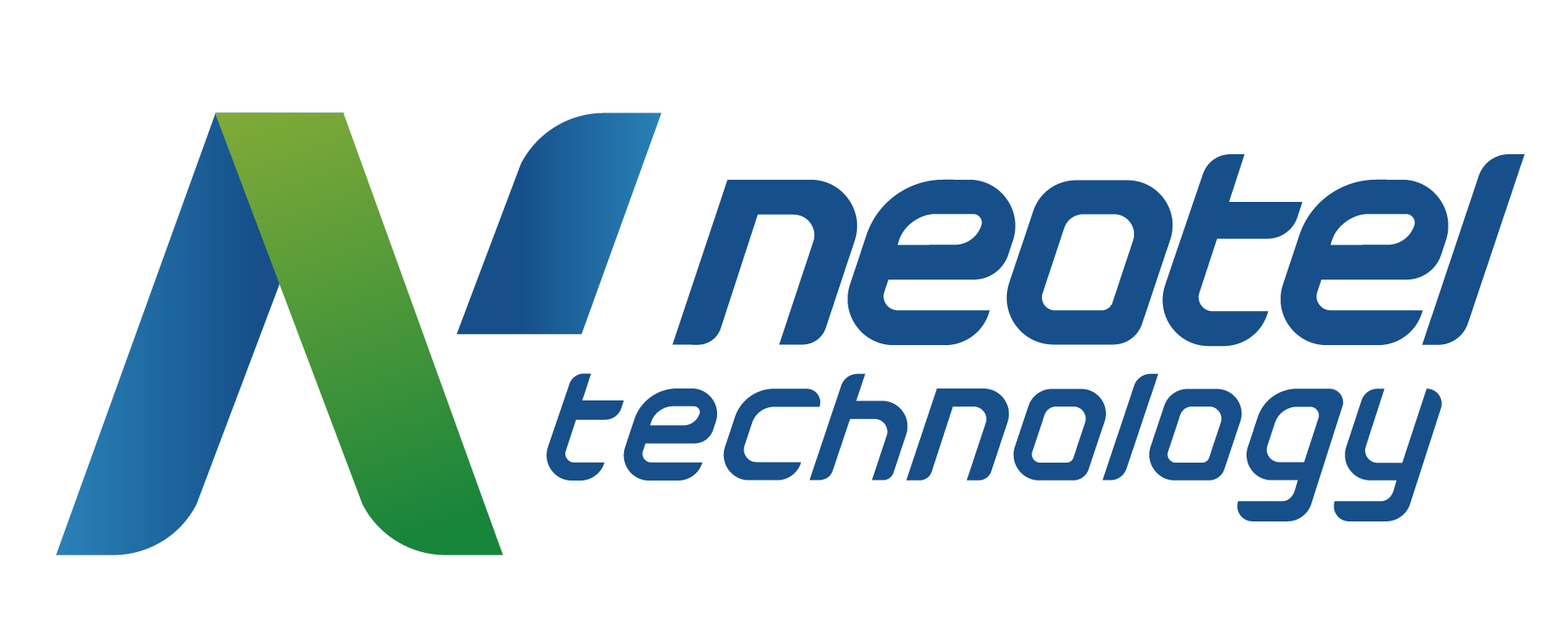What is Kaizen?
Directly translated, Kaizen is a Japanese word meaning “change for the better”, or “continuous improvement” as it is more commonly translated. The central idea is that it is always better to take the time to make improvements, even if operations are slowed down as a result. This may seem extreme but we’ll explain in detail how this business philosophy works in the modern era.
To put it simply, Kaizen focuses on the perpetual improvement of all operations and employee functions within a company. There is no limit to how large or small these incremental steps are, but one thing is very important, improvement must be an ongoing venture.
KEY TAKEAWAYS
Kaizen means “change for the better”.
It is used to enact gradual continuous improvements.
It is always better to take the time to make improvements.
The whole company culture needs to be involved.
Brief History of Kaizen
Kaizen was first used by Japanese businesses, partly influenced by American business and quality management teachers, shortly after World War II. With a shortage of time and resources, it was more beneficial to pursue incremental improvements to the existing workforce and technology rather than making radical changes.
Since then, Kaizen has been used and refined by many companies around the world, most famously by the Toyota Production System. It has even grown into a variety of applications outside of production and manufacturing around the world.
How Does Kaizen Work?
At Toyota, a key promoter of the Kaizen methodology, every employee is encouraged to stop production if they see an issue or if they are able to propose a way of making the process better. In cases like these, the assembly stops, a team evaluates the issue, makes improvements, and then assembly starts up again.
Slowing down production to make incremental improvements may seem counterintuitive. But it works with something called Just-In-Time production (JIT) that utilizes every bit of time before delivery to make the product better.
Under Kaizen and JIT, if you finish production ahead of schedule, then you didn’t use the time to make the product better. To Toyota, this is a missed opportunity to continuously improve the process and enhance the value of the product.
When employees are free to raise concerns or add value, companies gain greater visibility from the unique perspectives of all their employees. This enables companies to have complete visibility into their operations. As employees and management get more and more comfortable making frequent and incremental improvements, companies solve issues earlier and earlier in the process; often before the product is produced on the assembly line.
The Goals of Continuous Improvement
It should be understood that Kaizen is a method, not a goal. You don’t achieve Kaizen, you enact it on a corporate level to achieve the specific goals that you and your team have chosen. This can be anything from removing waste, enhancing quality, increasing productivity, making logistics more efficient, and so on.
Kaizen can be applied to any corporate goal and works by focusing on these 2 main objectives:
Improve all operations: This continuous improvement process must involve every function within the business. Every department is connected within the whole company. If some departments or areas of leadership are not participating in the continuous improvement initiative, then certain changes may only benefit a specific department and not the whole company.
Engage every worker: Kaizen is highly dependent on the team and corporate culture. It focuses on utilizing the talents and knowledge of every worker within the company. Without full teamwork and engagement, companies lose valuable insight and opportunities into how to improve their operation.
The 5 Principles of Kaizen
Just as with other business philosophies, Kaizen has a specific set of core principles that it adheres to. Companies that miss the mark on 1 or 2 of these principles are likely to undermine their Kaizen initiative. These 5 principles are:
Know your Customer: Companies need to identify their customers’ needs. If you know your customer, then you understand what they value and what they are willing to pay for. With this knowledge, companies are better able to provide the right products with improved value.
Let it Flow: Waste is the inherent enemy of good process flow. If there is any waste within your organization, then time and money are not being utilized efficiently. It may seem impossible to remove all waste from your operation but that will always be a goal of Kaizen.
Go to Gemba: A direct translation of the word “Gemba” is “real place”. Leadership and direction need to be in line with the realities of production. Leaders won’t understand the operation unless they go to the “real place” and see it for themselves.
Empower People: This is about properly organizing your people. If workers have contradictory functions or do not work as an effective team, then improvement is highly unlikely. Proper Kaizen leadership recognizes the skills of each employee while providing the tools that empower people.
Be Transparent: Data and knowledge about improvements and direction need to be transparent, not hidden away. With more information being collected, the more likely it is that you or anyone in your organization will enact effective and long-lasting improvements.
What is Kaizen Culture?
Kaizen needs to be a company culture to be effective. If the whole company is not involved in pursuing incremental and continuous improvements, then your kaizen initiative is sure to fail. But if you engage the collective knowledge and talents of the entire organization, then continuous improvement is powerfully effective within the corporate structure.
Kaizen vs. Lean vs. Six Sigma
What is the difference between these 3 business philosophies? It may seem that Kaizen shares some similar key concepts with Lean and Six Sigma. And you wouldn’t be wrong. Each methodology is used to increase efficiency, improve operations, and provide better value for the customer. The difference between these three philosophies is the focus and methods used to accomplish these goals.
Kaizen focuses on continuously improving operations at every level within the company and supply chain.
Lean focuses on identifying value through value stream mapping and subsequently mitigating wasteful actions.
Six Sigma focuses on improving the quality of the final product by determining the cause and effect of product defects. Casual factors that create defects are removed in an effort to maintain a process that does not produce more than 3.4 defects per million opportunities.
Despite their differences, each of these methodologies works well in conjunction with each other, leading many companies to use Kaizen, Lean, and Six Sigma collaboratively. Each has a specific goal that compliments and strengthens the other methodologies.
By identifying the value stream within your operation (Lean), you will be able to make incremental improvements (Kaizen) that result in less waste and better value for the customer. As value is increased, your operation becomes progressively more efficient, resulting in better quality output (Six Sigma) and a better operational flow.
Kaizen is a Journey for Everyone
Kaizen is not a one-time deal but a continuous endeavor. This business philosophy firmly rests on the idea that “change for the better” is always possible and should always be pursued.
But Kaizen is only effective if everyone is involved. To continuously improve, companies need to adapt their corporate culture and build upon the collective knowledge and talents of their workforce.


